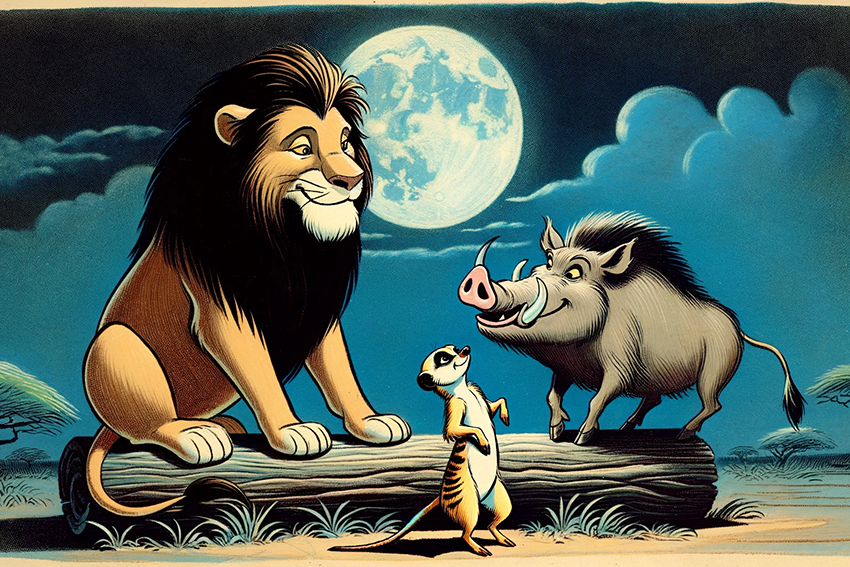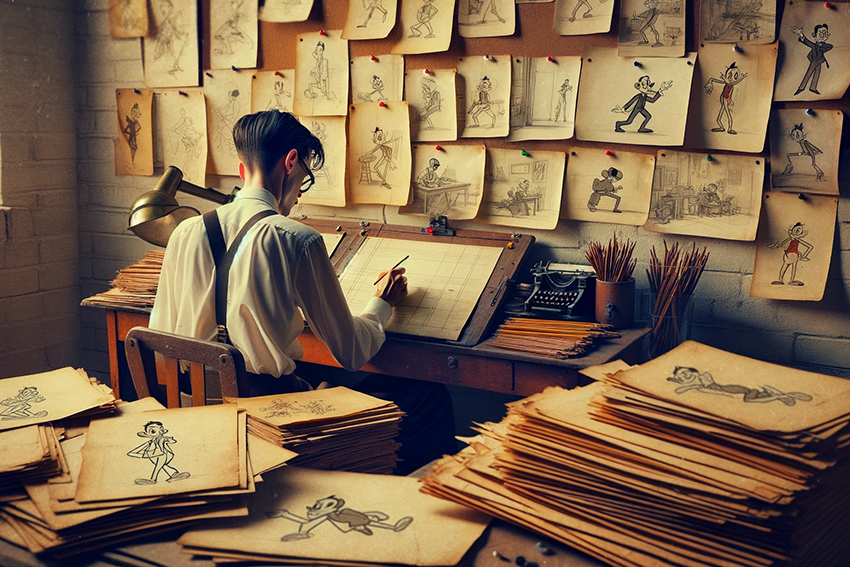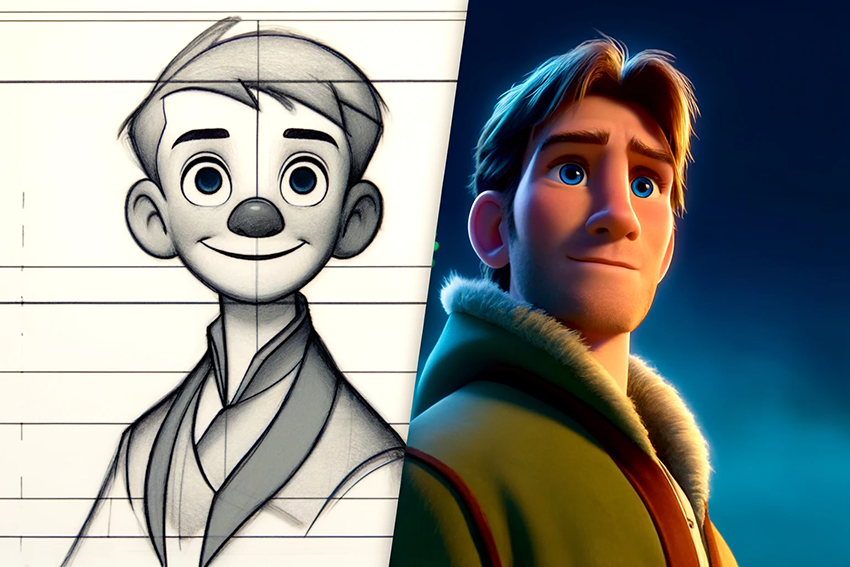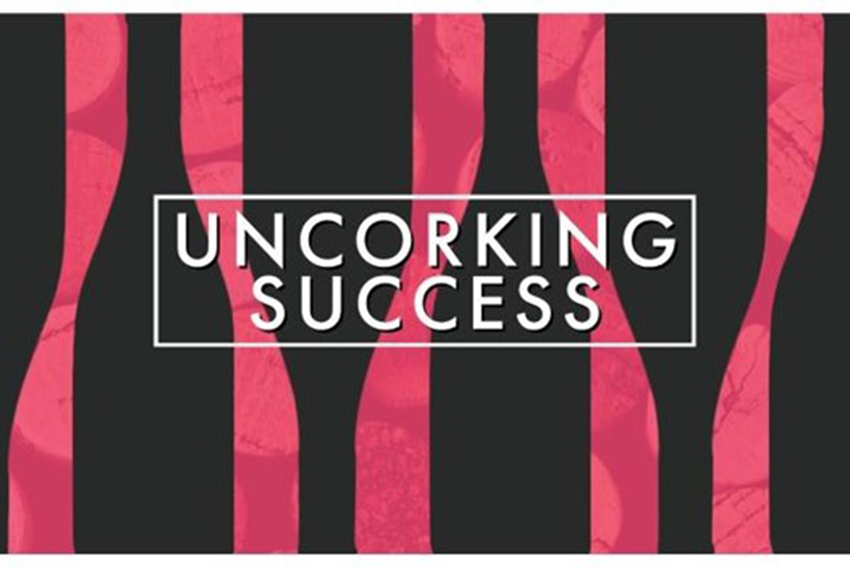Traditional Animation

Animation has been a staple in the film industry since its humble beginnings over a century ago. Today, the art form has evolved into a multi-billion dollar global industry, but its techniques have remained relatively unchanged. This article will take a look at the history of traditional animation, the techniques used to create it, the artists who have mastered the art form, and the future of this amazing form of art.
A Brief Overview
Traditional Animation is the process of creating animated images by hand. The animator creates the images on paper or cel, and then photographs them one frame at a time. This method was used for most of the 20th century and produced such classics as Disney’s Snow White and the Seven Dwarfs (1937).
The animator starts by sketching out each frame of the animation on paper. They then use an opaque projector to trace these sketches onto cels, which are thin sheets of plastic. Each cel is placed over a background image, and the entire scene is photographed one frame at a time. When played back in succession, these frames create the illusion of movement.
This type of animation is a very labour-intensive process, as each frame must be drawn by hand. However, it can produce very smooth and detailed animations that have a timeless quality to them.
The History of Traditional Animation
Traditional animation is an animation technique in which each frame is drawn by hand. The technique was invented in the late 19th century, and became extremely popular in the early 20th century. It was used to create some of the most iconic films of all time, such as Snow White and the Seven Dwarfs (1937), Fantasia (1940), and Dumbo (1941).

However, it began to fall out of favour in the 1950s, as it was replaced by cheaper and more efficient methods of animation, such as cel-animation and computer-generated imagery (CGI). Today, traditional animation is used mostly for short films and television commercials. It has also made a comeback in recent years thanks to a renewed interest in hand-drawn artistry.
The Techniques of Traditional Animation
Traditional animation is an art form that dates back to the early days of cinema. In this type of animation, each frame of film represents a single drawing. Artists working in this medium use pencils, pens, paintbrushes, and other tools to create unique images on individual sheets of paper or celluloid. These drawings are then photographed and strung together in a sequence to create the illusion of movement when played back at high speed.

Traditional animators must have a great deal of patience and focus, as well as a steady hand. The job often requires long hours spent hunched over a drawing board. But for those who love the art form, there is nothing quite like seeing their creation come alive on the big screen.
The Art of Traditional Animation
The animator draws and paints the individual cels for each frame, before photographing them onto film. The traditional cel animation process was invented in the late 19th century by the French artist and director Émile Cohl and has since been used to produce many of the world’s most popular animated films. In recent years, some filmmakers have begun using computer-generated imagery (CGI) to create their animations, but many still prefer the traditional cel animation process for its unique aesthetic quality.

Despite the rise of CGI, traditional cel animation remains an important part of the animation industry. Many popular animated films are still made using this time-honoured technique, including such classics as “Beauty and the Beast,” “The Lion King,” and “Spirited Away.”
The Future of Traditional Animation
According to many experts in the field, traditional animation is not dead. In fact, there are several reasons why it may be making a comeback – or at least enjoying a resurgence in popularity. Traditional animation is often seen as being more “artistic” than computer-generated animation, and many people believe that it has a certain charm that its CG counterpart lacks. Additionally, traditional animation is less expensive to produce than CGI, which means that smaller studios and independent filmmakers can still create high-quality animated films without breaking the bank.

Of course, there are some challenges that come with traditional animation. For instance, it can be time-consuming and labour-intensive, and finding talented animators can be difficult (and costly). However, many people believe that the pros of traditional animation outweigh the cons. So if you’re thinking about getting into the world of animation, don’t count out this tried-and-true method – you might be surprised at what you can achieve.
Get in touch with our team for a free consultation session about which kind of animation styles suit your project best.
Get in Touch
Phone
(08) 7230 3171Address
L3, 20 Grenfell Street, Adelaide, 5000 South Australia.



